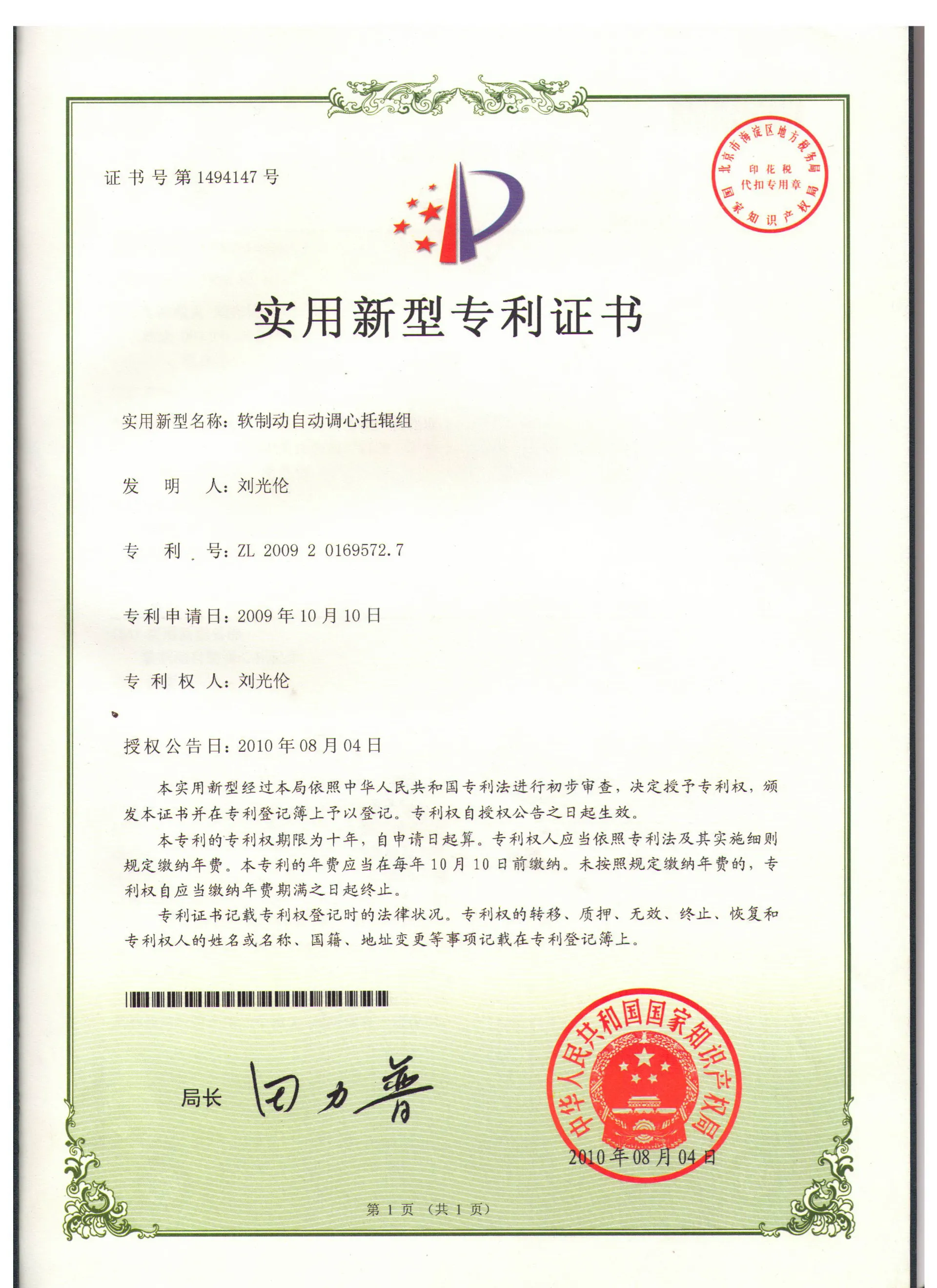 Afrikaans
Afrikaans  Albanian
Albanian  Amharic
Amharic  Arabic
Arabic  Armenian
Armenian  Azerbaijani
Azerbaijani  Basque
Basque  Belarusian
Belarusian  Bengali
Bengali  Bosnian
Bosnian  Bulgarian
Bulgarian  Catalan
Catalan  Cebuano
Cebuano  Corsican
Corsican  Croatian
Croatian  Czech
Czech  Danish
Danish  Dutch
Dutch  English
English  Esperanto
Esperanto  Estonian
Estonian  Finnish
Finnish  French
French  Frisian
Frisian  Galician
Galician  Georgian
Georgian  German
German  Greek
Greek  Gujarati
Gujarati  Haitian Creole
Haitian Creole  hausa
hausa  hawaiian
hawaiian  Hebrew
Hebrew  Hindi
Hindi  Miao
Miao  Hungarian
Hungarian  Icelandic
Icelandic  igbo
igbo  Indonesian
Indonesian  irish
irish  Italian
Italian  Japanese
Japanese  Javanese
Javanese  Kannada
Kannada  kazakh
kazakh  Khmer
Khmer  Rwandese
Rwandese  Korean
Korean  Kurdish
Kurdish  Kyrgyz
Kyrgyz  Lao
Lao  Latin
Latin  Latvian
Latvian  Lithuanian
Lithuanian  Luxembourgish
Luxembourgish  Macedonian
Macedonian  Malgashi
Malgashi  Malay
Malay  Malayalam
Malayalam  Maltese
Maltese  Maori
Maori  Marathi
Marathi  Mongolian
Mongolian  Myanmar
Myanmar  Nepali
Nepali  Norwegian
Norwegian  Norwegian
Norwegian  Occitan
Occitan  Pashto
Pashto  Persian
Persian  Polish
Polish  Portuguese
Portuguese  Punjabi
Punjabi  Romanian
Romanian  Russian
Russian  Samoan
Samoan  Scottish Gaelic
Scottish Gaelic  Serbian
Serbian  Sesotho
Sesotho  Shona
Shona  Sindhi
Sindhi  Sinhala
Sinhala  Slovak
Slovak  Slovenian
Slovenian  Somali
Somali  Spanish
Spanish  Sundanese
Sundanese  Swahili
Swahili  Swedish
Swedish  Tagalog
Tagalog  Tajik
Tajik  Tamil
Tamil  Tatar
Tatar  Telugu
Telugu  Thai
Thai  Turkish
Turkish  Turkmen
Turkmen  Ukrainian
Ukrainian  Urdu
Urdu  Uighur
Uighur  Uzbek
Uzbek  Vietnamese
Vietnamese  Welsh
Welsh  Bantu
Bantu  Yiddish
Yiddish  Yoruba
Yoruba  Zulu
Zulu conveyor return idlers
Understanding Conveyor Return Idlers Functionality and Benefits
Conveyor systems play a crucial role in various industries, facilitating the efficient transportation of materials. One important component of these systems is the return idler, which is essential for maintaining the operational efficiency of conveyors. This article explores the functionality, importance, and benefits of conveyor return idlers.
What are Conveyor Return Idlers?
Return idlers are components that support the return side of a conveyor belt. As the conveyor belt travels, it carries material on its upper surface while returning empty on the lower surface. The return idlers provide crucial support to this lower, unused section of the belt, ensuring it remains in alignment and reducing wear over time. Typically made from durable materials like steel or rubber, return idlers can withstand harsh environmental conditions, such as heavy loads and abrasive materials.
Functionality of Return Idlers
The primary function of return idlers is to provide a stable support structure for the conveyor belt as it travels back to the loading area. This support helps maintain the belt's shape and functionality, preventing sagging or misalignment, which can lead to inefficient operation or potential system failure. Furthermore, return idlers help to reduce friction between the belt and the supporting structure, extending the belt's lifespan and improving energy efficiency.
Moreover, return idlers play a vital role in material management. They help ensure that any residual material that may be trapped on the return side of the belt is effectively removed, minimizing the risk of contamination or buildup that could hinder operations.
Importance in Conveyor Systems
conveyor return idlers

The importance of return idlers in conveyor systems cannot be overstated. They contribute significantly to the overall efficiency and reliability of the conveyor. If idlers are not functioning correctly, it can lead to numerous problems, including increased energy consumption due to excessive belt friction, accelerated wear and tear on both the belt and the idlers themselves, and even potential breakdowns that can result in costly downtime.
In addition, their design can affect the overall performance of the conveyor system. Properly selected and positioned return idlers can enhance the tracking of the conveyor belt, ensuring it runs smoothly and reliably. This is critically important in large-scale operations where consistent material flow is essential.
Benefits of Using Quality Return Idlers
Investing in high-quality return idlers offers various benefits. First and foremost, they enhance the durability and efficiency of the conveyor system, reducing maintenance requirements and operational costs over time. Durable materials and advanced engineering designs can lead to longer service life and reduced replacement frequency, ultimately saving money.
Additionally, quality return idlers help optimize the performance of the conveyor system, improving material handling efficiency and reducing the potential for accidents related to belt misalignment or breakdowns. By minimizing downtime and maintenance issues, companies can focus on their core operations and ensure a smooth workflow.
Conclusion
Conveyor return idlers are a critical component of conveyor systems that often go unnoticed yet play a vital role in operational efficiency and reliability. By providing necessary support and alignment for the return side of a conveyor belt, they facilitate smooth operation, enhance durability, and reduce maintenance needs. Understanding their functionality and benefits allows industries to maximize the potential of their conveyor systems, leading to increased productivity and cost-effectiveness. Investing in quality return idlers is not merely a choice but a necessity for efficient material handling in today’s competitive industrial landscape.
-
Revolutionizing Conveyor Reliability with Advanced Rubber Lagging PulleysNewsJul.22,2025
-
Powering Precision and Durability with Expert Manufacturers of Conveyor ComponentsNewsJul.22,2025
-
Optimizing Conveyor Systems with Advanced Conveyor AccessoriesNewsJul.22,2025
-
Maximize Conveyor Efficiency with Quality Conveyor Idler PulleysNewsJul.22,2025
-
Future-Proof Your Conveyor System with High-Performance Polyurethane RollerNewsJul.22,2025
-
Driving Efficiency Forward with Quality Idlers and RollersNewsJul.22,2025





























